This post will compare XCP-NG vs. Proxmox and the features and capabilities each offers. Both of these are in focus, especially with ones looking for alternatives to VMware vSphere since the Broadcom acquisition.
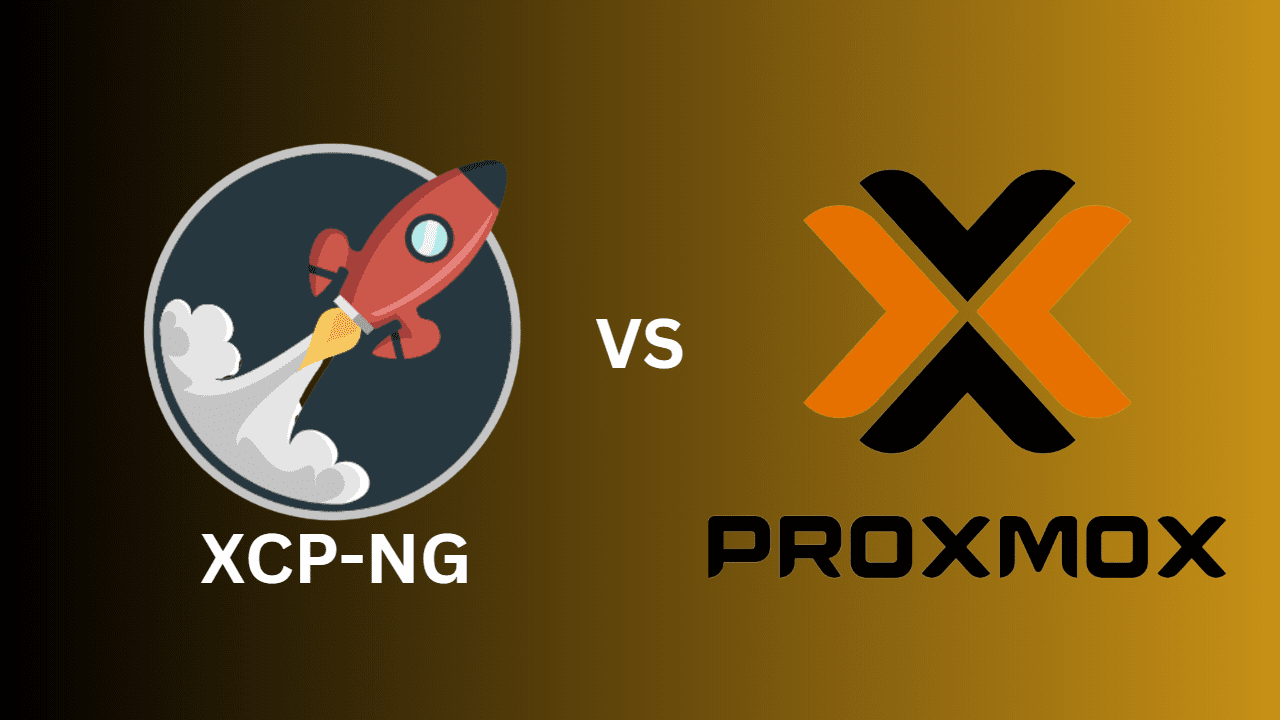
Table of contents
- Installing XCP-NG
- What is Proxmox?
- Other similar solutions to Proxmox VE and XCP-ng
- XCP-ng and Proxmox VE Pricing
- Features that are missing from both projects
- Features that aren’t missing
- Performance and Scalability
- Backup and Replication
- Security and Networking
- My impressions of using both
- Other posts you may like
- Wrapping Up
What is XCP-ng?
It is a free hypervisor solution that is also an open-source server virtualization platform that is based on the Citrix XenServer project. Those who are looking for KVM alternatives for VMware will like the platform and the solution has a very VMware-like experience with the Xen orchestra appliance being like vCenter Server.

With XCP-ng, users can leverage Xen Orchestra, which has that vCenter Server like management experience and deployment architecture for admins to be comfortable with.
You can learning more about XCP-NG from the official site here: XCP-ng – XenServer Based, Community Powered.
Installing XCP-NG
Below are screenshots from the installation of XCP-NG server.
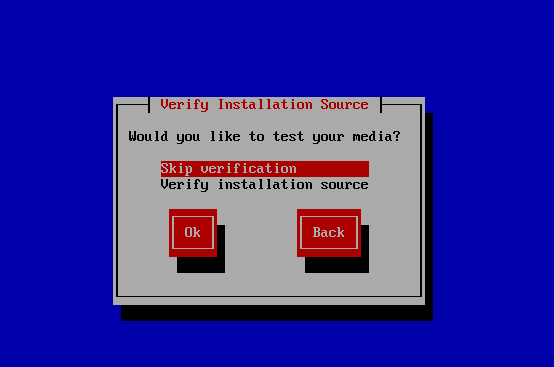
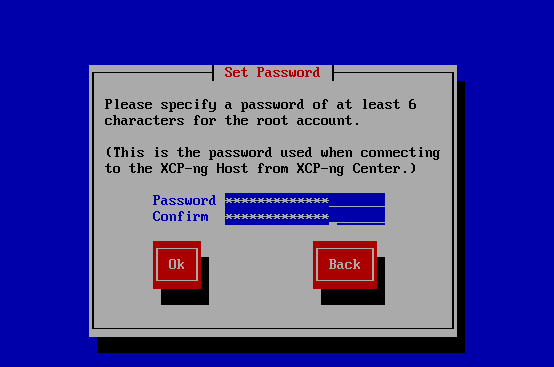
What is Proxmox?
Proxmox is very popular for home lab. It combines KVM hypervisor and LXC containers for running either VMs or containers for workloads.
Also, even without paid support you get all the enterprise features like clustering, live migration, and even HCI software-defined storage called Ceph. They have recently even introduced software defined networking as of the Proxmox 8.x family of the hypervisor.
You can learn more about Proxmox from the official site here: https://www.proxmox.com/.
Installing Proxmox virtual environment
Below are screenshots of installing the latest version of Proxmox at the time of writing.
Other similar solutions to Proxmox VE and XCP-ng
Other solutions are used in the home lab, including VMware ESXi which you can get with a VMUG Advantage subscription, Microsoft’s Hyper-V which you can get in Windows Server evaluation, Oracle’s VirtualBox, and KVM freely installable in Linux.
XCP-ng and Proxmox VE Pricing
One advantage of both XCP-ng and Proxmox for the home lab is their open-source nature, which allows users to access the software for free.
Proxmox VE offers a free version and an enterprise subscription, including access to better support, LVM thin provisioning, and additional features. XCP-ng, is entirely free, with an optional support subscription available for those who require professional assistance.
Also, XCP-ng requires you to have a subscription for things like updates which is a bit of a bummer in my opinion.
Features that are missing from both projects
Neither platform provides native integration with public cloud providers or built-in support for GPU virtualization.
XCP-ng and Proxmox VE offer web interfaces for managing VMs and clusters, they lack some advanced management features in commercial virtualization platforms like VMware’s vSphere.
Both support local storage, NFS, and iSCSI storage. However, neither Proxmox or XCP-ng has native support for object storage solutions. These are Amazon S3 or OpenStack Swift. However, you can do some workarounds for this when configuring their home lab environment or deploying third-party tools.
Features that aren’t missing
Both platforms’ features, such as VM migration, VM management, high availability, and cluster support, make them suitable for various home lab use cases.
Performance and Scalability
In terms of performance they support various CPUs, including Intel and AMD processors, enabling users to achieve optimal performance based on their hardware.
Also both platforms support advanced features like live VM migration, allowing migrations between hosts with minimal downtime and when admins need to do maintenance or upgrades on them.
Both platforms allow users to expand their home lab environments by adding more nodes to their clusters.
Proxmox VE supports the deployment of high-availability clusters, while XCP-ng can be scaled up using Xen Orchestra.
Backup and Replication
Both solutions have free backup solutions as part of the offering. This is a huge difference with commercial hypervisors like VMware vSphere where you have to pay for a third-party solution for data protection.
XCP-ng uses Xen Orchestra to automate VM backups, while Proxmox VE includes a Proxmox Backup Server solution that supports various storage types like NFS, iSCSI, and local storage.
Proxmox VE supports real-time VM replication using Proxmox’s Cluster File System (pve-cluster), while XCP-ng provides VM replication through Xen Orchestra.
Security and Networking
Proxmox VE includes a built-in firewall, allowing users to manage network traffic and protect their VMs from unauthorized access. XCP-ng, on the other hand, has security features like VM isolation and secure boot support.
Proxmox VE supports Linux bridges and Open vSwitch, while XCP-ng utilizes Xen’s built-in network stack. One advantage of Proxmox is that it has recently introduced Software Defined Networking as part of its solution and is something that isn’t found in XCP-ng.
My impressions of using both
In my honest opinion of using both, I like Proxmox the best out of the two for home lab. The reason for this is that Proxmox just has a more friendly feel to me. Even though I come from VMware vSphere and the XCP-ng architecture really resembles what you find in vSphere, Proxmox just seems simpler.
XCP-ng also nags you about buying a subscription and holds out things that I think should be free like updates.
They also seem more cutting edge with features released like SDN recently and a new VMware Import Wizard they have introduced to help with migrating away from VMware vSphere.
Other posts you may like
Wrapping Up
Both XCP-NG and Proxmox are excellent choices for those who want to spin up home lab environments using free and open-source solutions. Choosing either hypervisor will serve you well. Depending on your preferences for underlying hypervisor technology and OS, each brings its own set of capabilities to the table.

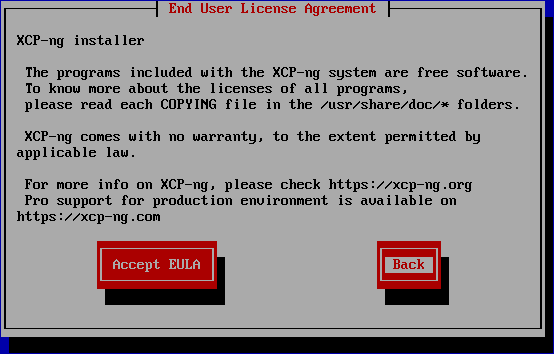
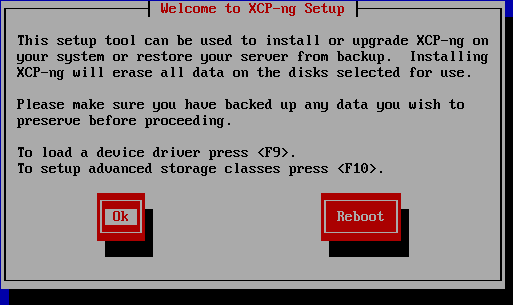
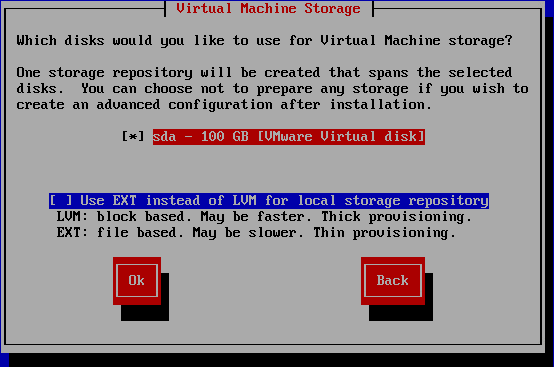
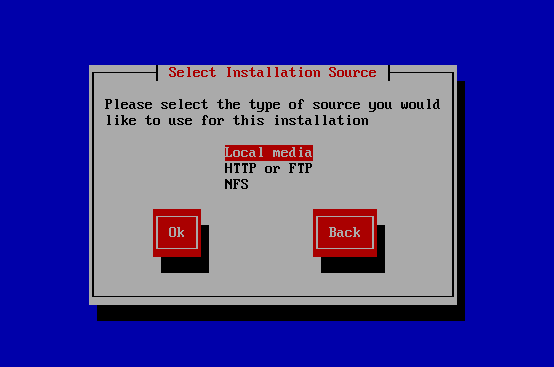
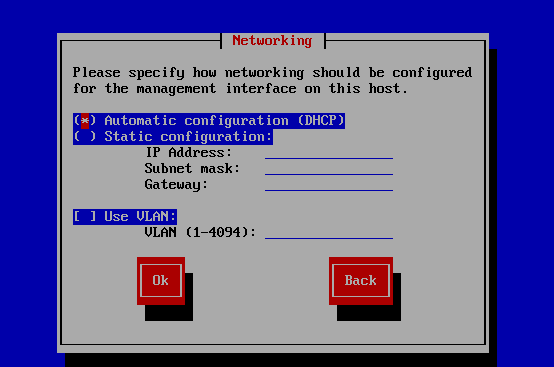
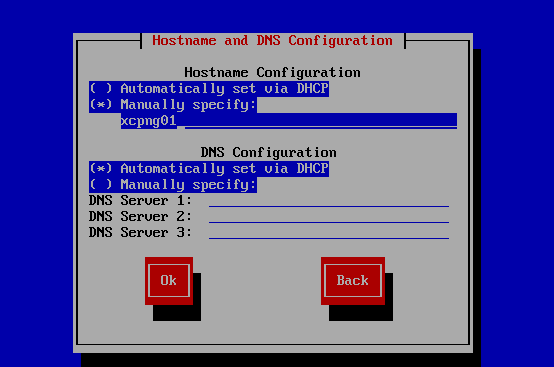
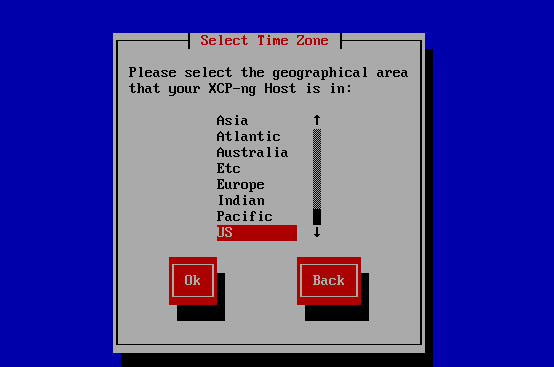
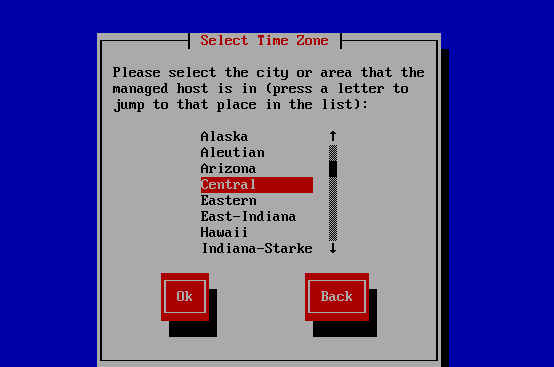
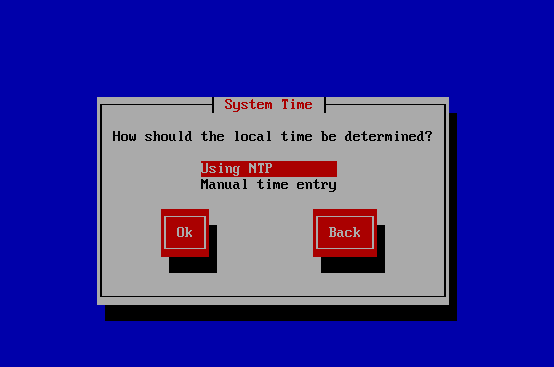
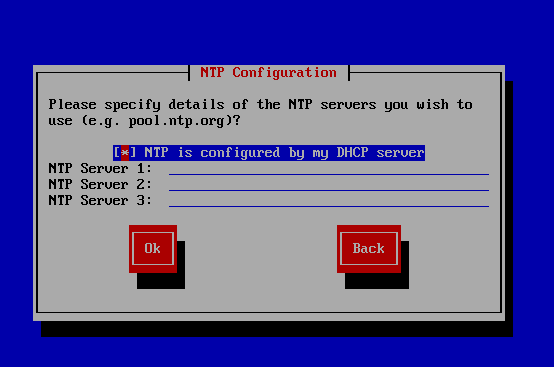
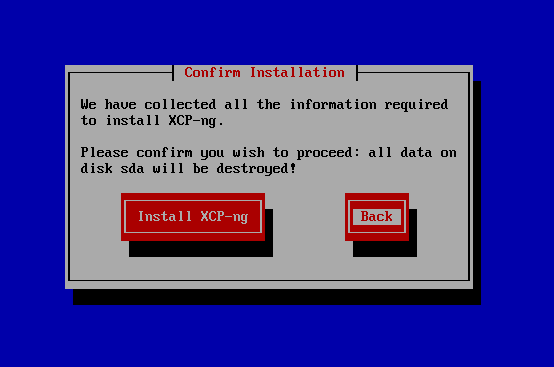
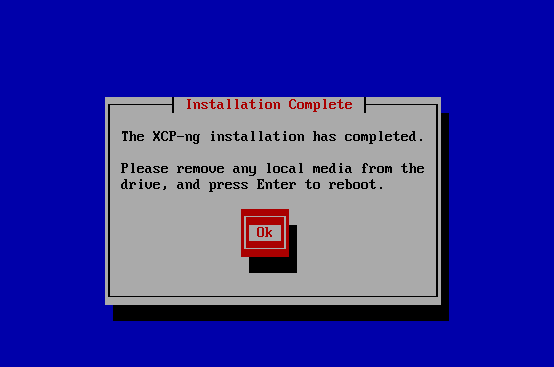
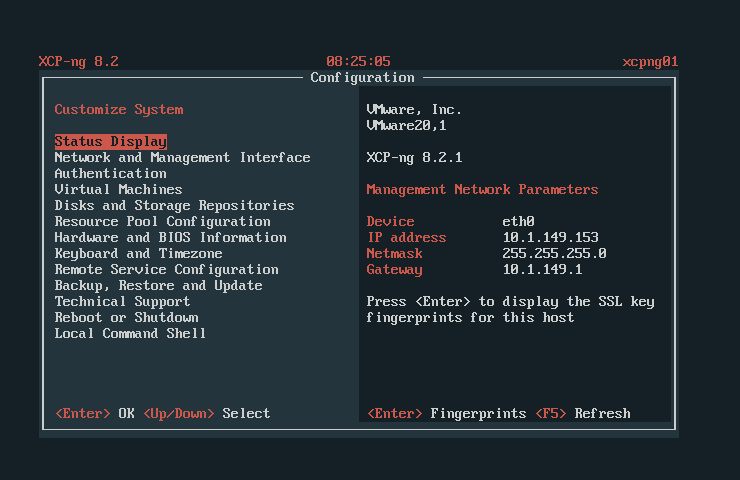

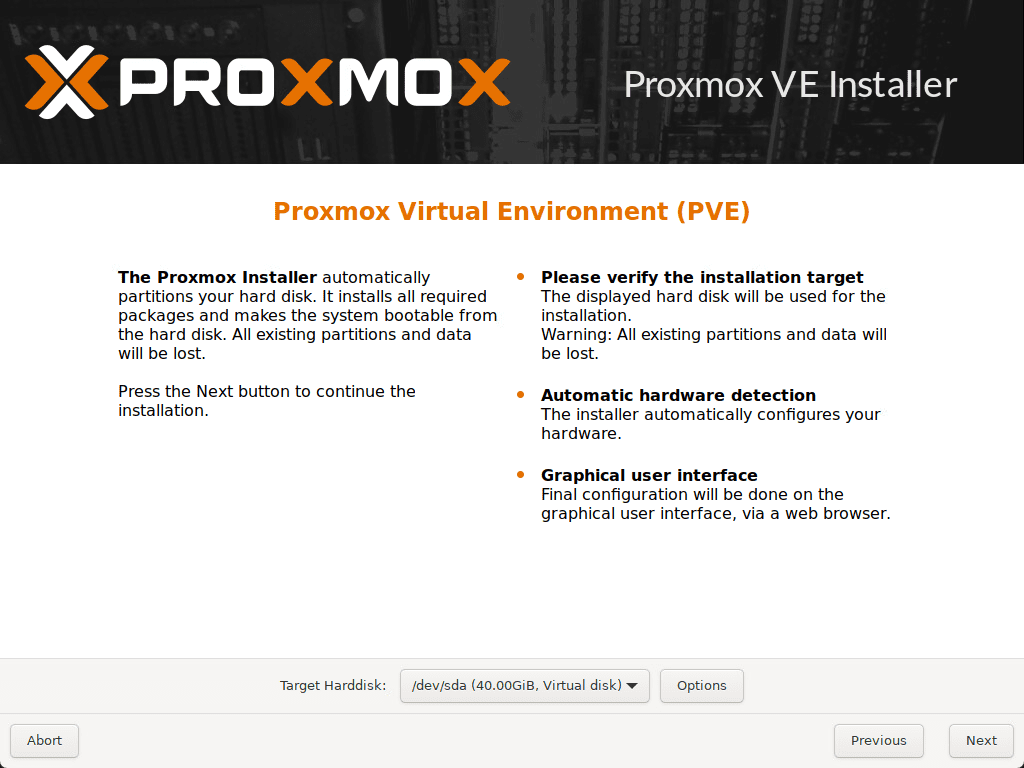
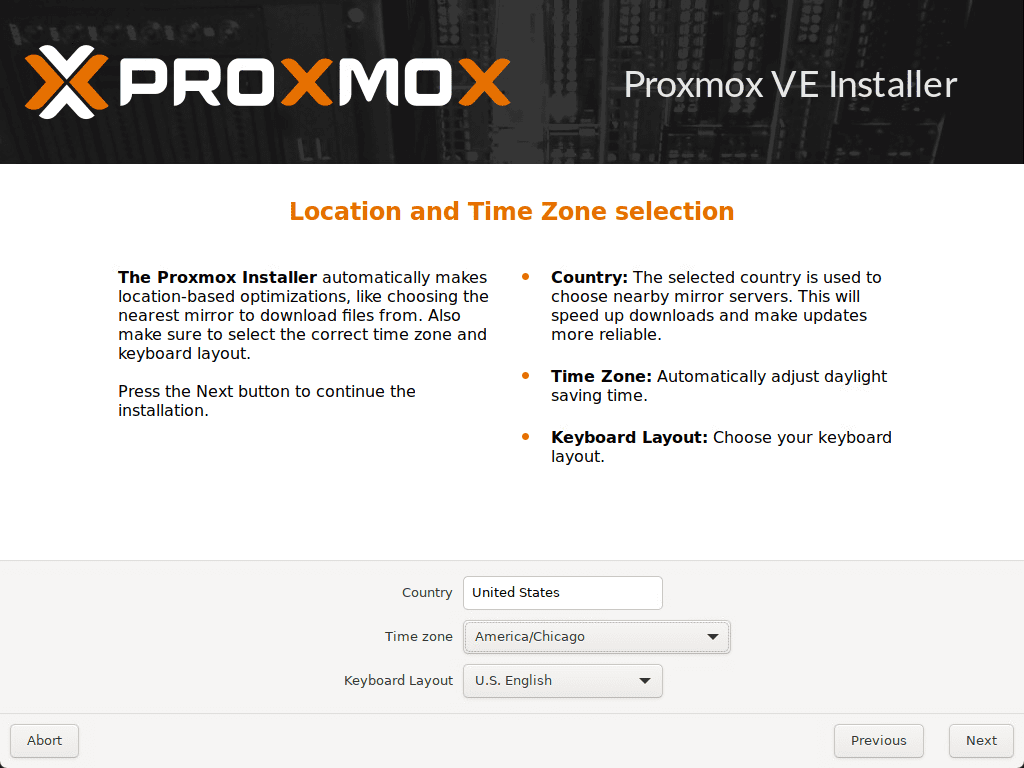
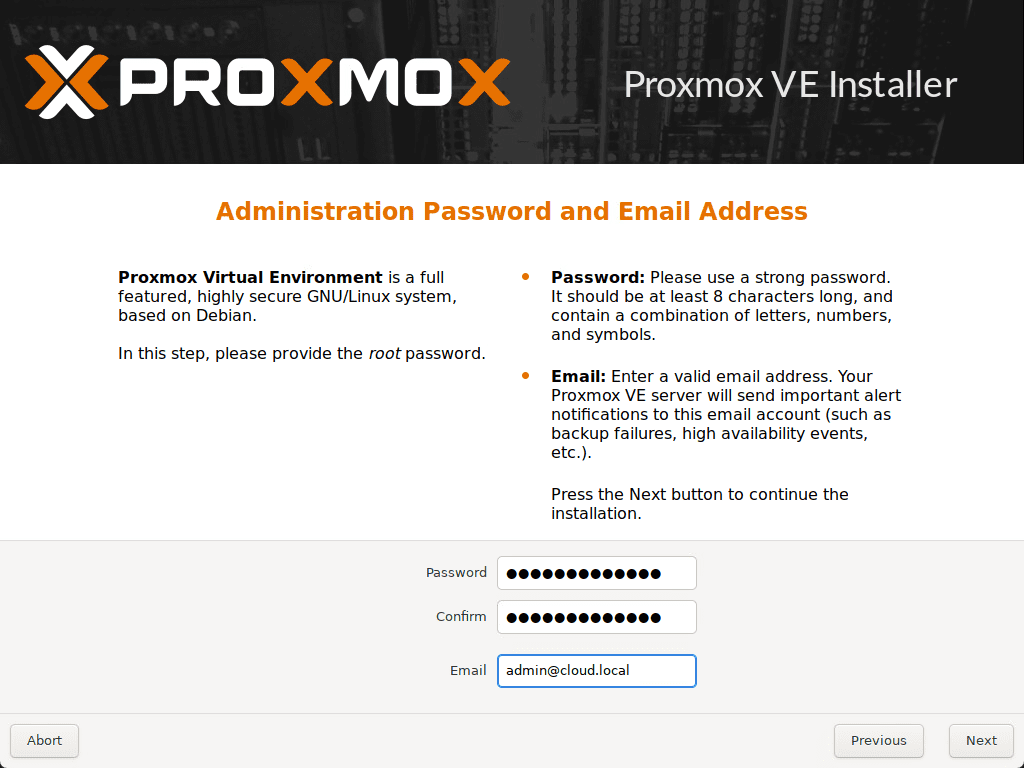
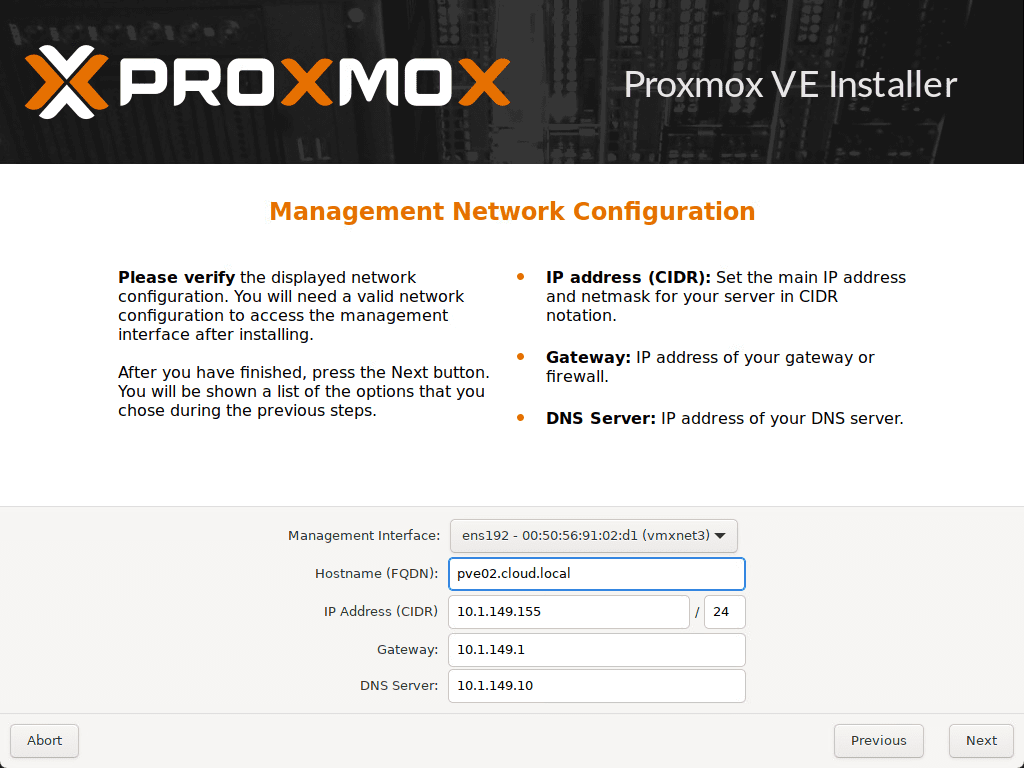



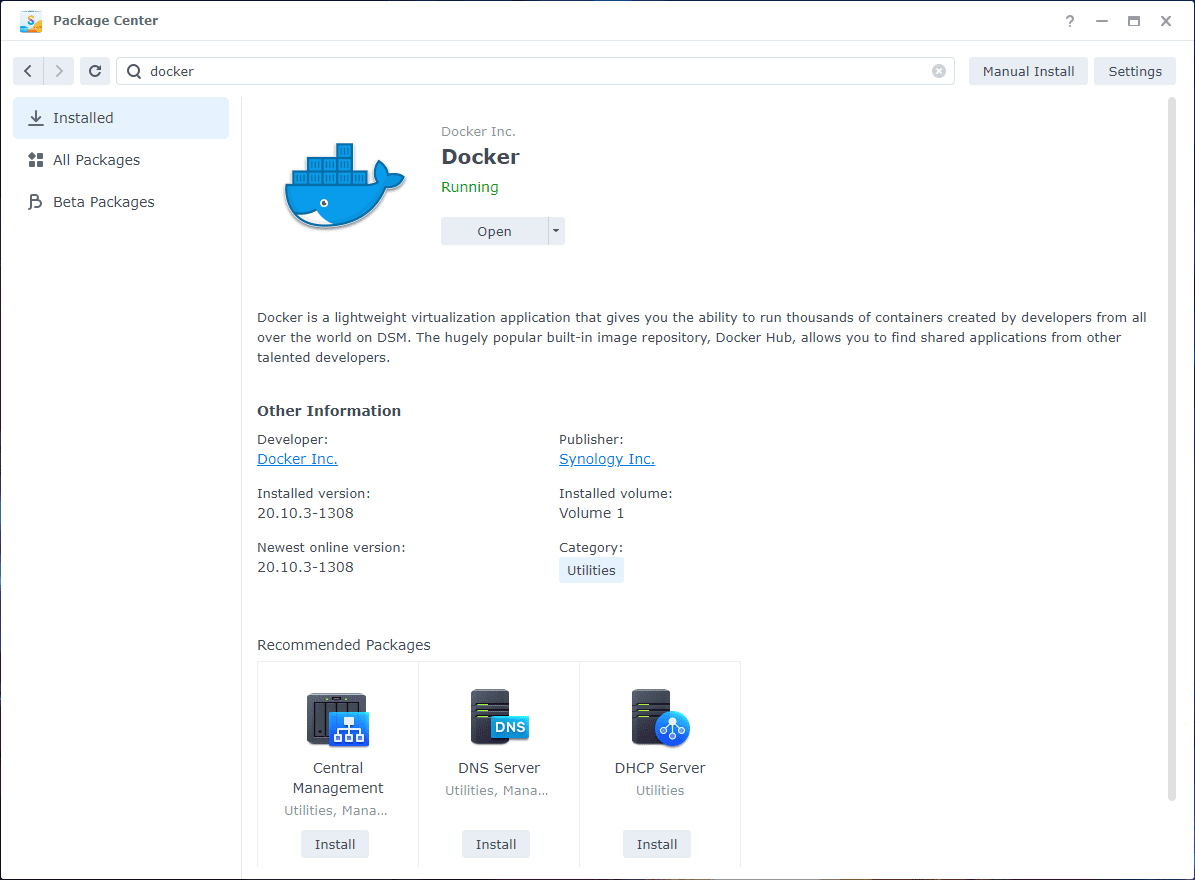
Additionally, while XCP-ng and Proxmox VE offer web interfaces for managing VMs and clusters, they lack some advanced management features in commercial virtualization platforms like VMware’s vSphere.
Both platforms support local storage, NFS, and iSCSI, but neither has native support for object storage solutions, such as Amazon S3 or OpenStack Swift.
Neither does vSphere, so I’m not sure why this is even brought up.
I’m a long time user of Proxmox, there are a lot of advantages while using it mainly due the fact it’s based on Debian.
The thing is that I recently switched to XCP-NG because of the backup solution and other things such as the simplicity that these guys handle things and I was playing around with Proxmox just to acheive the basic functionalities which was build-in.
I still can’t create a proper vGPU on XCP-NG and thin-clients solutions as I have with my Proxmox
cluster, but the it fail me one time and it’s enough for me – couldn’t start a machine due to lack of quorum !!!
Lior,
Thank you for your comment and insights into using both. I haven’t tried vGPU passthrough on XCP-ng but I need to play around with this for sure.
Brandon
I’ve used both but the ability to run LXC containers in Proxmox is what makes it my choice. All the servers in my lab are LXC containers, including my Plex server. And I can still expose the GPU to it in order to do hardware transcoding.
Great article and thanks for getting the awareness of both products out there. Would have preferred a conclusive choice between the two, but nonetheless, great article.
Amigo, diferente do que diz seu artigo, o Proxmox faz a virtualização de GPU com ferramenta disponível na aplicação, porém tem de ser habilitada.
Wait, no GPU virtualization out-of-the-box? I thought Proxmox, at least, had that already. Are we talking passthrough or are we talking SR-IOV?
Passthrough is possible on proxmox, i don’t know if xcp-ng supports it.
Yes. Proxmox has SR-IOV support, I’m using it to passthrough virtual function of a NIC to guests.
So if the GPU support SR-IOV I don’t see why it wouldn’t work and I think I already saw some videos demonstrating that feature.
GPU virtualization refers to the ability to allocate small chunks of GPU to VMs, like you do with your CPU.